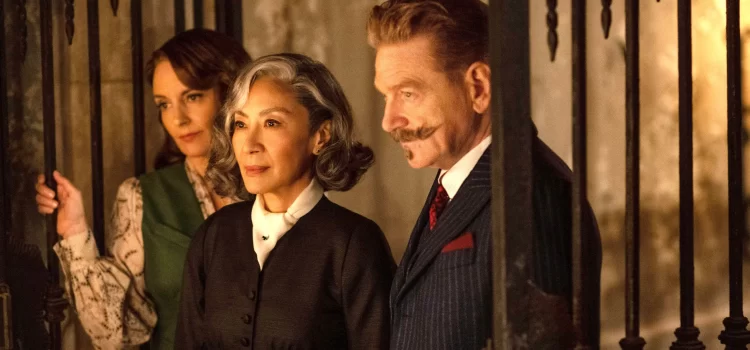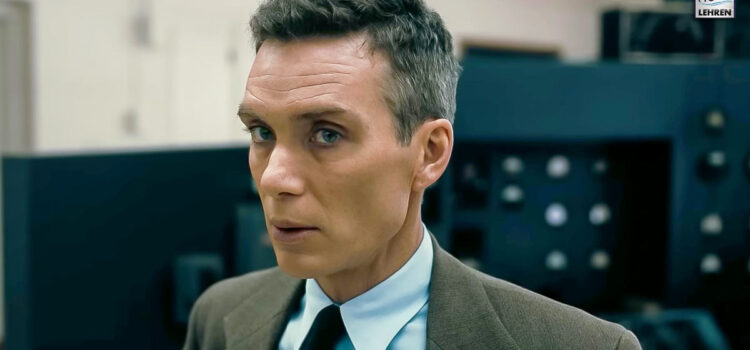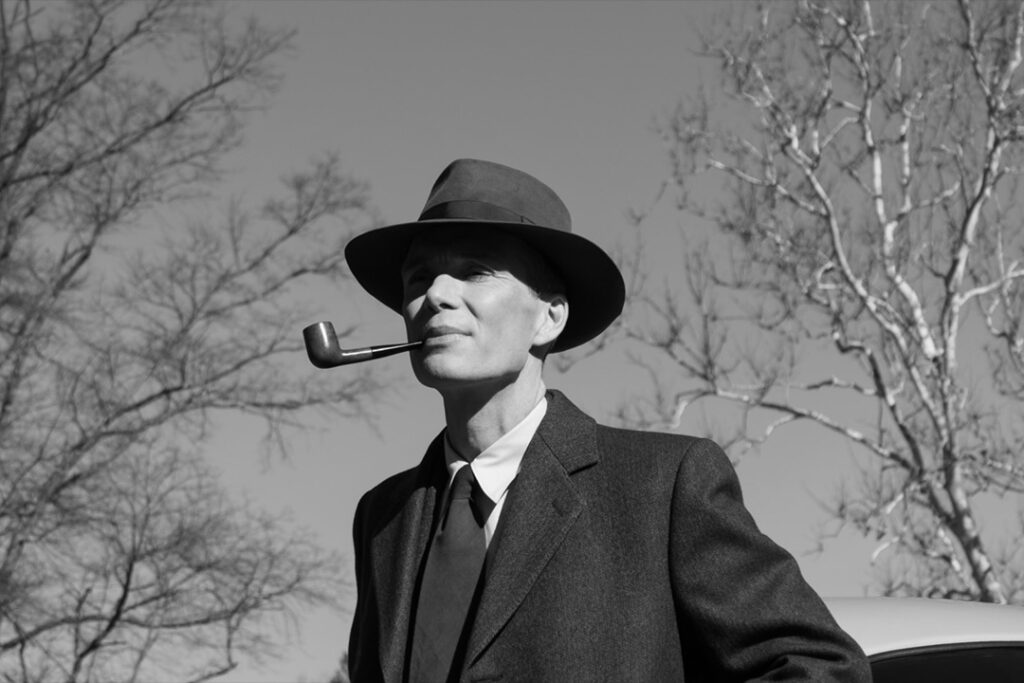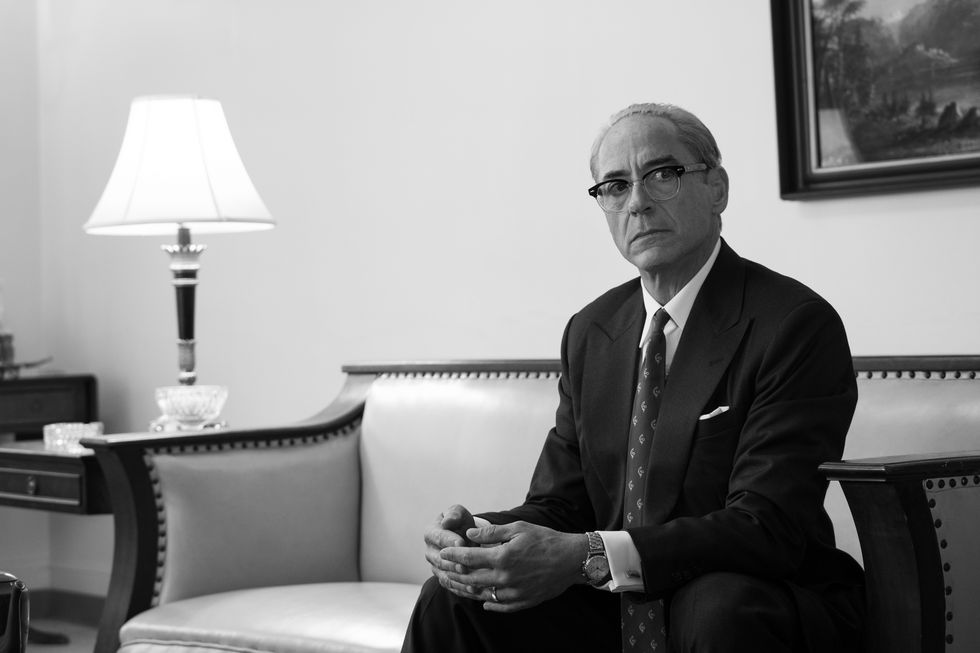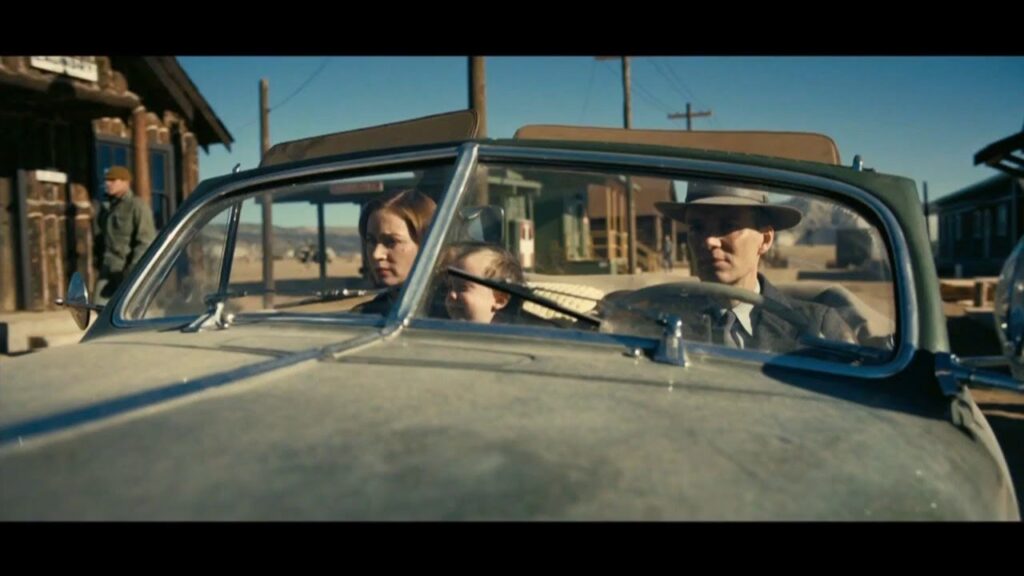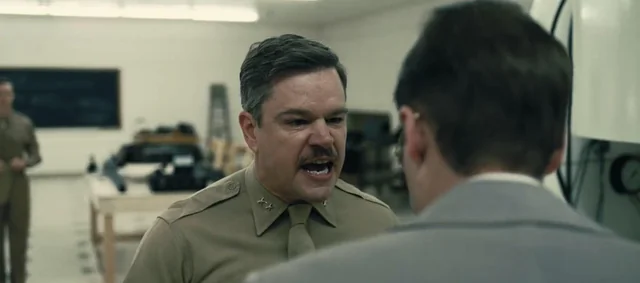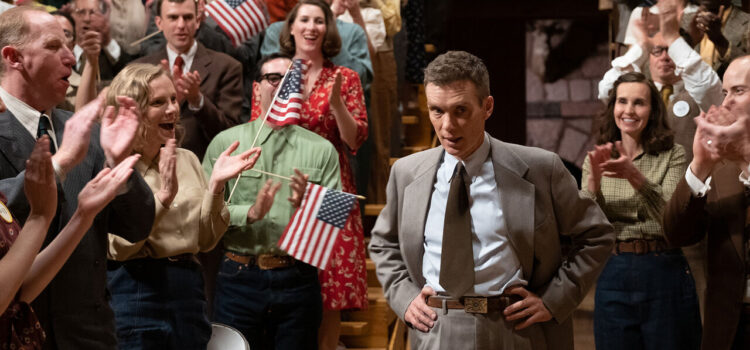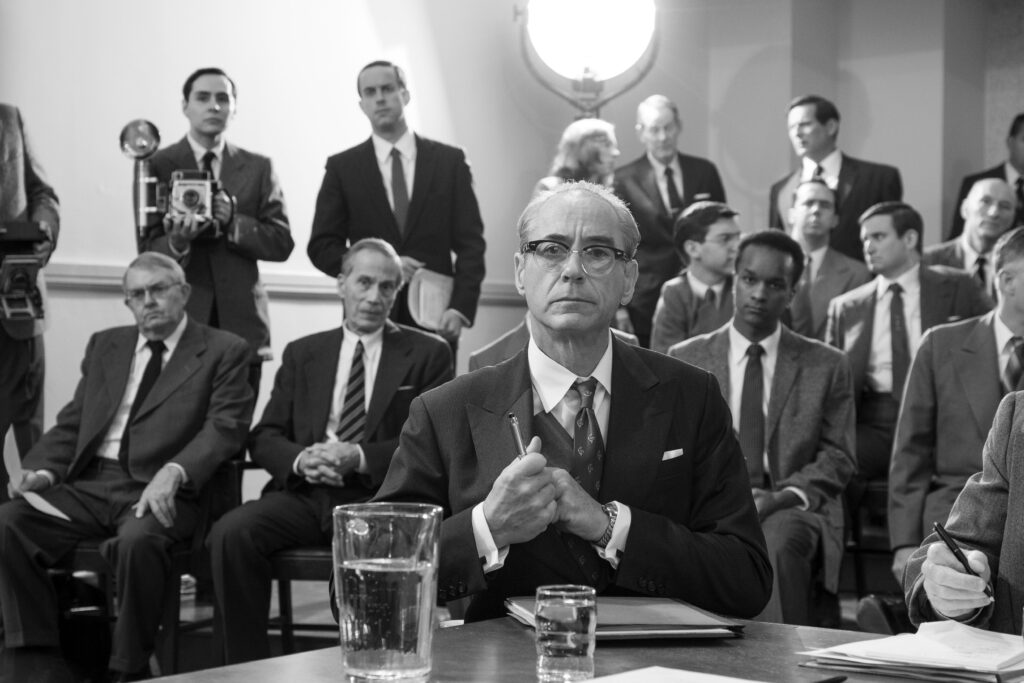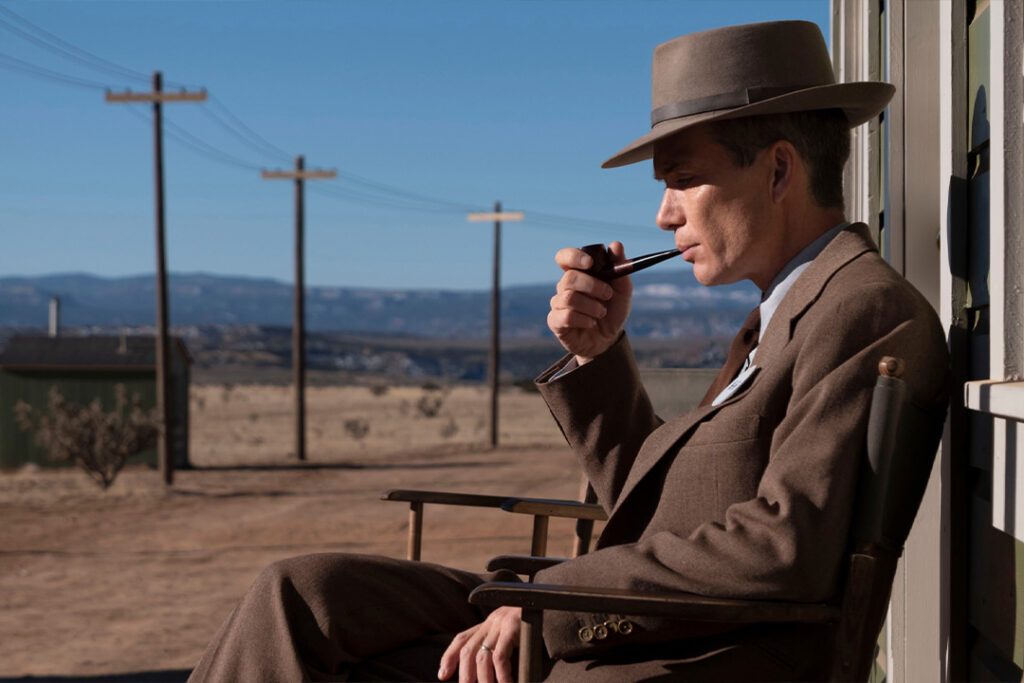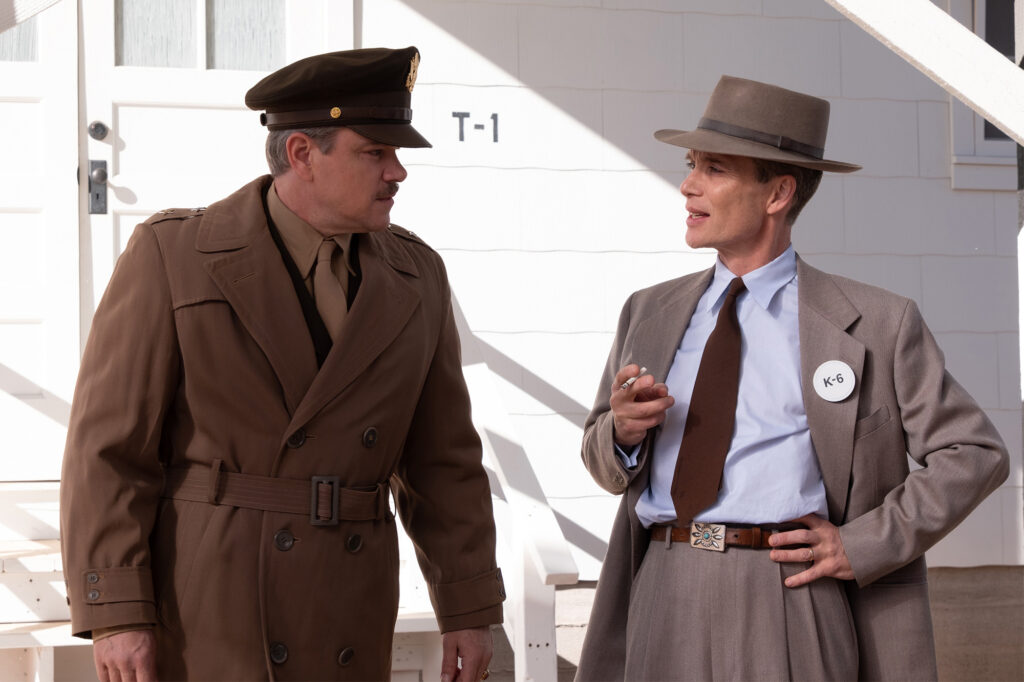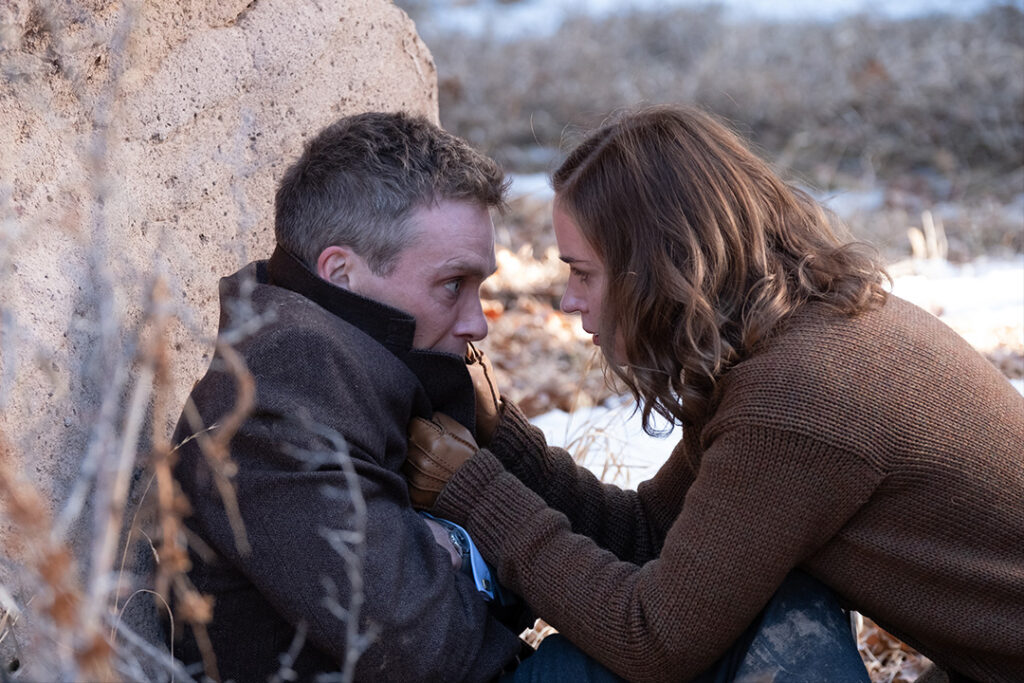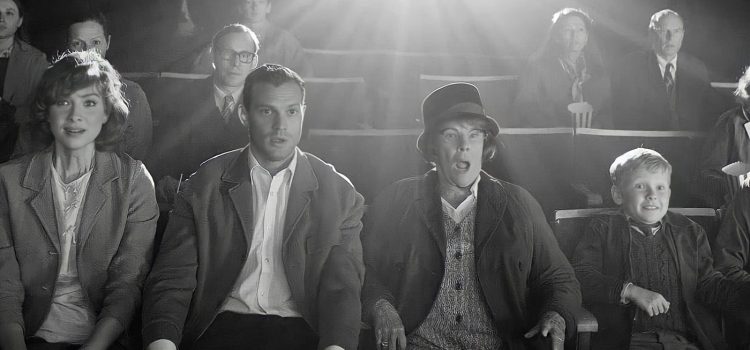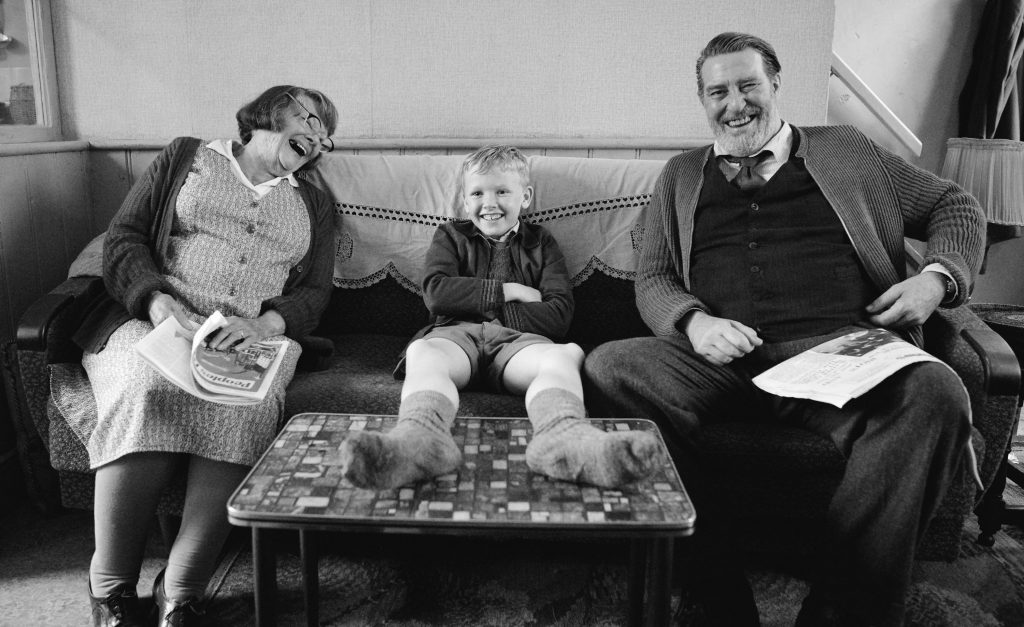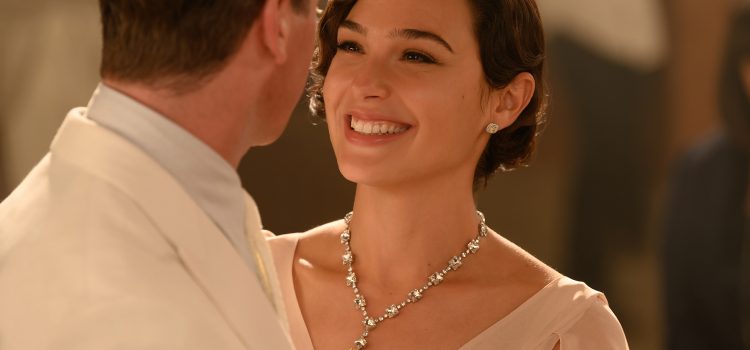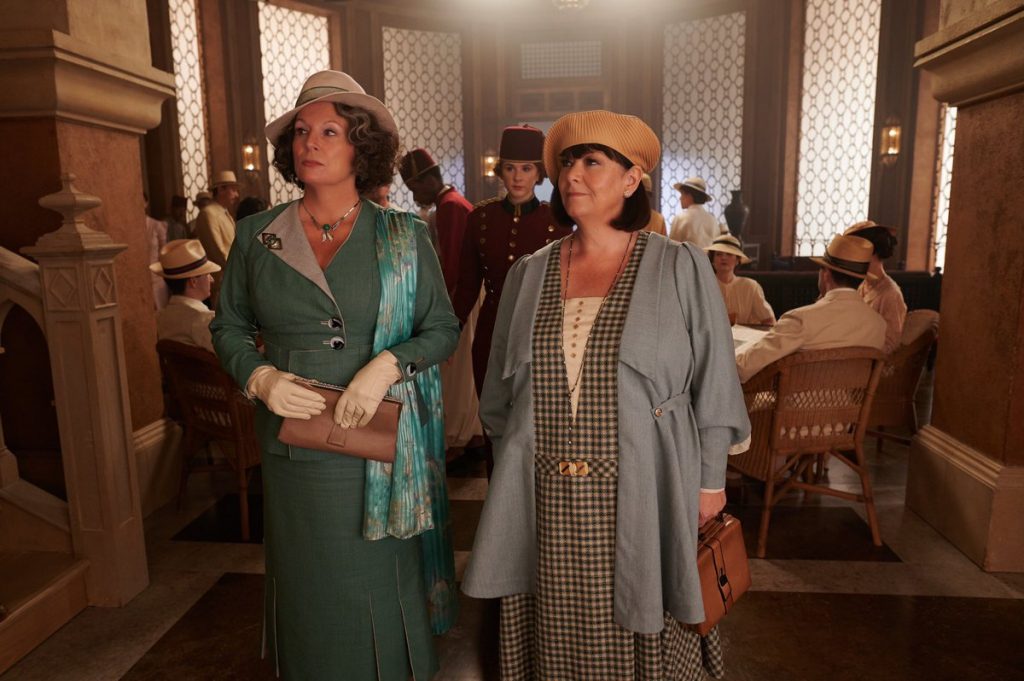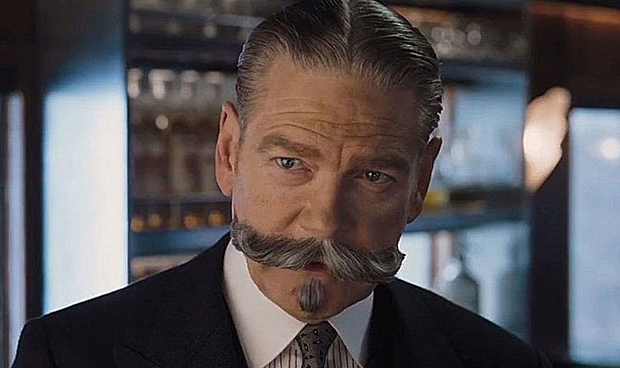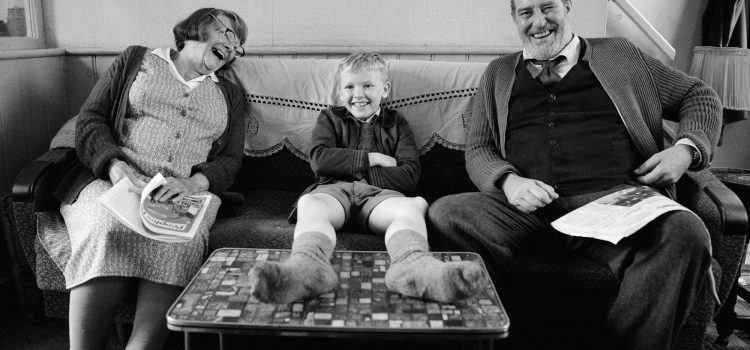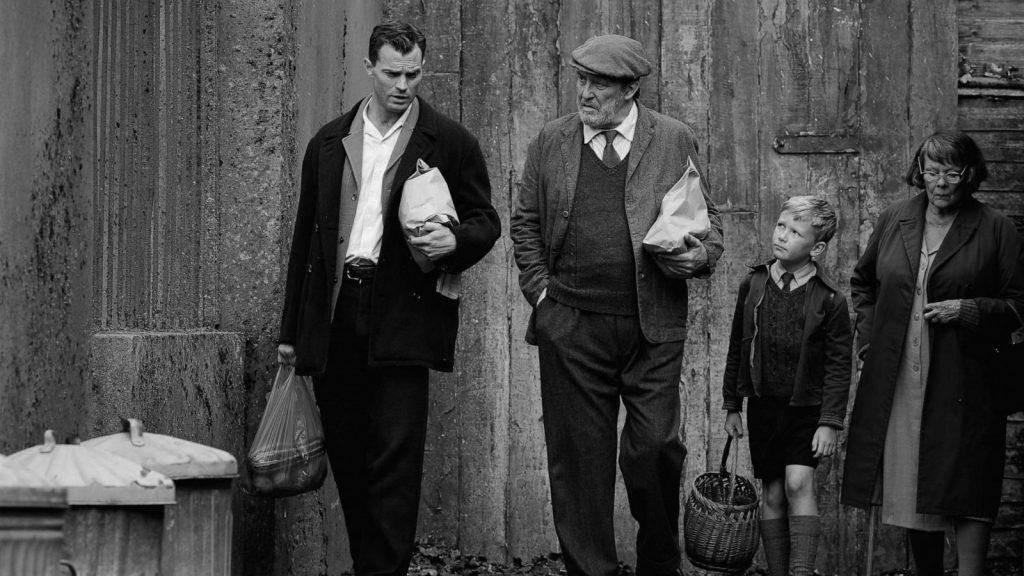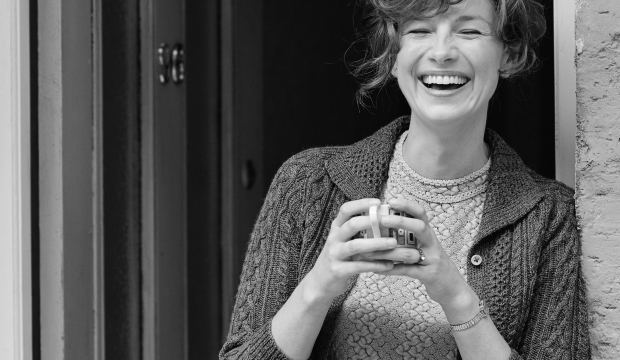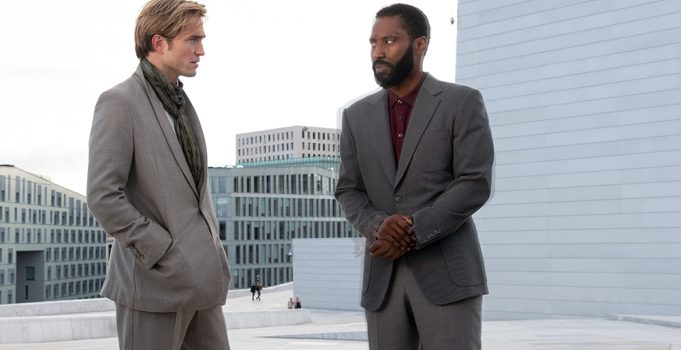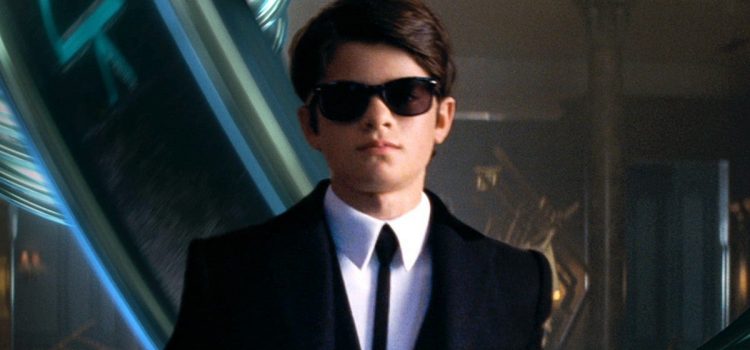By Alex McPherson
Featuring skillfully disorienting filmmaking, excellent performances, and wry charm, director Kenneth Branagh’s third Hercule Poirot outing, “A Haunting in Venice,” is reliably enjoyable, if undercutting its emotional beats through rushed pacing.
Based on Agatha Christie’s 1969 novel “Hallowe’en Party,” Branagh’s film moves the action from 1960s England to 1947 Venice, with the trauma of World War II still lingering fresh. The strikingly mustached, thick-accented Poirot (Branagh) is now retired, attempting to live an isolated life distanced from prospective clients. His Italian bodyguard, Vitale Portfoglio (Riccardo Scamarcio), is ferocious in warding off any sap who tries to get Poirot’s attention, knocking them into Venetian canals if need be.
Poirot is clearly worn down from his years of sleuthing, and the personal costs his work has rendered on his well-being are on full display. The detective is content to live out his remaining days in peace, until his old friend, the quick-witted, fast-talking author Ariadne Oliver (Tina Fey) shows up and invites him to a séance with the goal of having Poirot deduce if the “medium,” a world-famous weirdo named Mrs. Reynolds (Michelle Yeoh), is a fraud.
The site is a labyrinthine palazzo that’s the rumored subject of a curse (and a playplace for children’s Halloween festivities with an accompanying puppet show). The séance is for a young girl, Alicia Drake, who fell off a balcony there and drowned a year earlier, either from suicide or murder.
The attendees include Alicia’s despondent mother, a former opera singer named Rowena (Kelly Reilly), the caring and religious housekeeper Olga Seminoff (Camille Cottin), Mrs. Reynold’s immigrant helper Desdemona (Emma Laird), Alicia’s PTSD-stricken doctor Leslie Ferrier (Jamie Dornan), Leslie’s creepily observant son Leopold (Jude Hill of “Belfast” fame), and Alicia’s easily angered ex-fiancé Maxime (Kyle Allen).
Despite some aggressively irritating clangs and bangs — the jumpy sound design in “A Haunting in Venice” irritates as much as it immerses — things seem to be going pretty well on Poirot’s end, until, well, there’s another death on the premises.
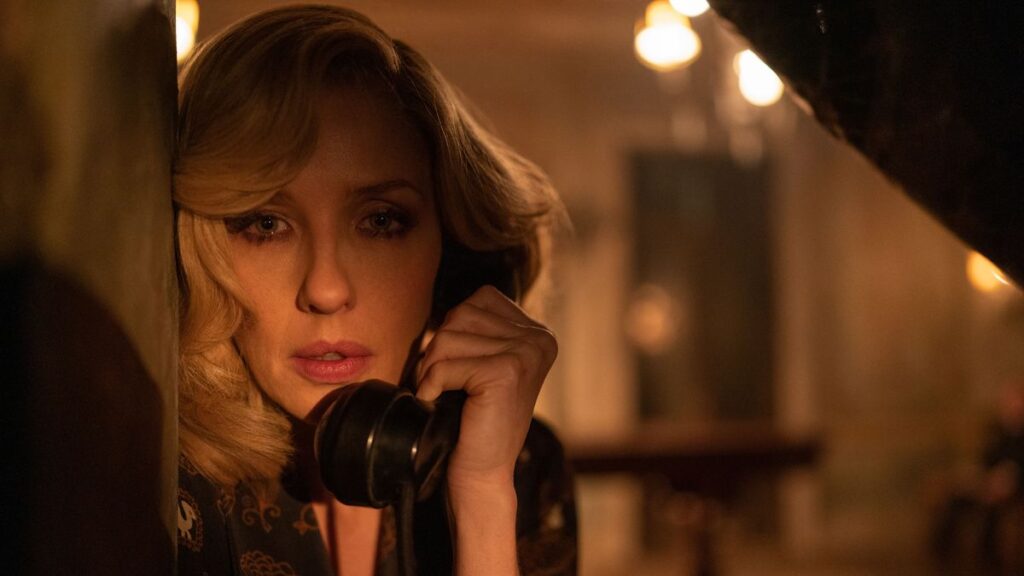
Potentially supernatural happenings are afoot — something that Poirot might not be able to reason his way out of before the dark and stormy night runs its course — as everyone reckons with ghosts and past decisions that haunt their psyches — just not to the level of, for example, “Talk to Me,” which released earlier this year. Branagh’s film is never exactly scary, but there’s much to appreciate about “A Haunting in Venice,” particularly regarding Branagh’s skills as a director.
The post-war time period is vividly realized with striking colors and production design; the warmth of daylight flows into a stormy night with Haris Zambarloukos’ crisp cinematography and Lucy Donaldson’s snappy editing, wind buffeting aged windows and flashes of lightning illuminating danger, real or not. Branagh has fun deploying visual tricks to catch viewers off guard throughout, including ominous shapes/figures lurking in the background, as visual red herrings. Hildur Guðnadóttir’s string-filled score adds an extra layer of foreboding.
Branagh and Zambarloukos frame the action in wide-shots and canted angles, playing around with camera techniques and points-of-view to reflect Poirot’s increasing discombobulation. Despite all this, Branagh reverts to surface-level shocks — plates shattering, doors blowing open, light bulbs exploding, etc. — that don’t fully capitalize on the setting, even though the actors were allegedly unprepared for some surprises on-set.
Indeed, “A Haunting in Venice” is content to startle, rather than disturb, held back from showing anything truly shocking through the PG-13 rating and refusing to deviate all that much from Poirot’s detective story roots. This renders the film’s horror-inflected touches somewhat muted on a visceral level, if harmlessly entertaining. More notably, the approach plays into Branagh’s exploration of Poirot as a character and his place in the world.
Poirot, jaded in his profession and gradually losing faith in his own ability for rational explanation of what’s happening, is as off-kilter as the camerawork — unsteady and struggling for balance. But he never gives up, fighting for reason over superstition, and familiarity over the unfamiliar, not unlike the film’s comforting return to formula in its second half.
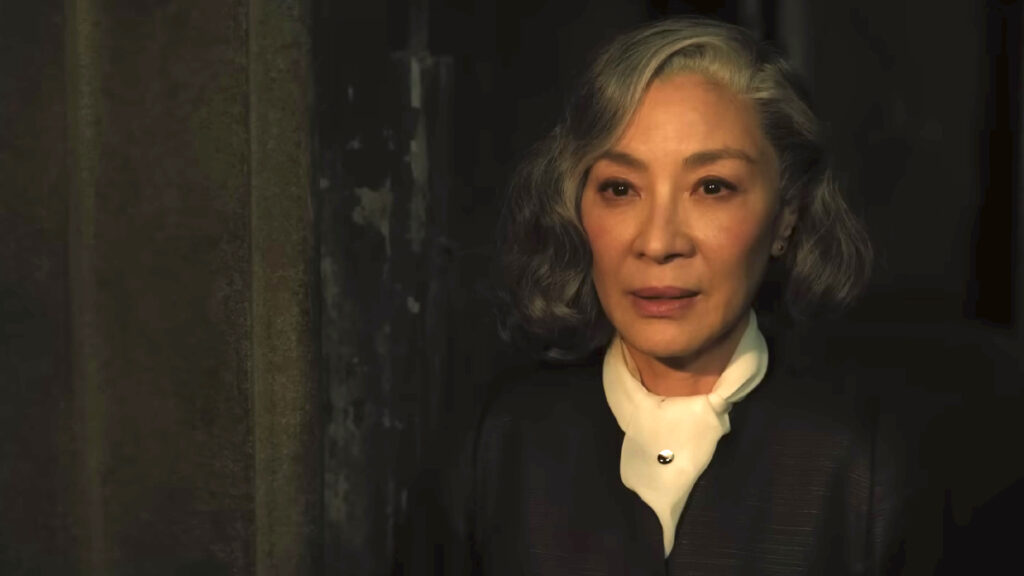
As a result, Branagh’s straddling of different genres reflects Poirot’s internal struggle. The palazzo’s creaks, groans, and apparitions dare our lovable detective to surrender to the madness, but he refuses to, ultimately discovering his reason for being on the other side of it all.
Branagh’s performance, as Poirot, remains thoroughly engaging, maintaining a self-awareness that strikes a fine balance between cartoonishness and seriousness. It’s an excellent turn, barring some muffled dialogue: a larger-than-life character in a larger-than-life situation.
The remaining ensemble shines along to varying degrees — Fey, Yeoh, and Hill make strong impressions, with Hill perfectly embodying the creepy and erudite Leopold — each character reckoning with regret, trauma, and confronting their pasts to find new paths forward, morally corrupt though they might be.
The mystery itself is compelling, albeit rather simplistic. Observant viewers will be rewarded, but Branagh aims for accessibility over nuance. Additionally, Michael Green’s screenplay lacks subtlety in revealing character motives and larger themes, streamlining the mystery so that threads don’t become overwhelming. What’s sacrificed is time spent developing any individual character, Poirot among them, on a more poignant level. At least there’s a shout-out to St. Louis!
“A Haunting in Venice” is more about the journey than the destination, with Branagh’s directing and haunted-house mood-setting taking center stage, but there’s little denying the pure entertainment value of Poirot’s latest case. It doesn’t take much thinking to deduce that “A Haunting in Venice” is worth watching on the big screen in a packed theater, everyone squirming during jump scares and embarking on a good old fashioned whodunit with a director and cast rising to the challenge.
“A Haunting in Venice” is a 2023 mystery-thriller directed by Kenneth Branagh and starring Branagh, Tina Fey, Keilly Reilly, Jamie Dornan, Jude Hill, Michelle Yeoh, Camille Cottin and Kyle Allen. It is rated PG-13 for some strong violence, disturbing images and thematic elements, and the run time is 1 hour, 43 minutes. It opens in theatres Sept. 15. Alex’s Grade: B+.
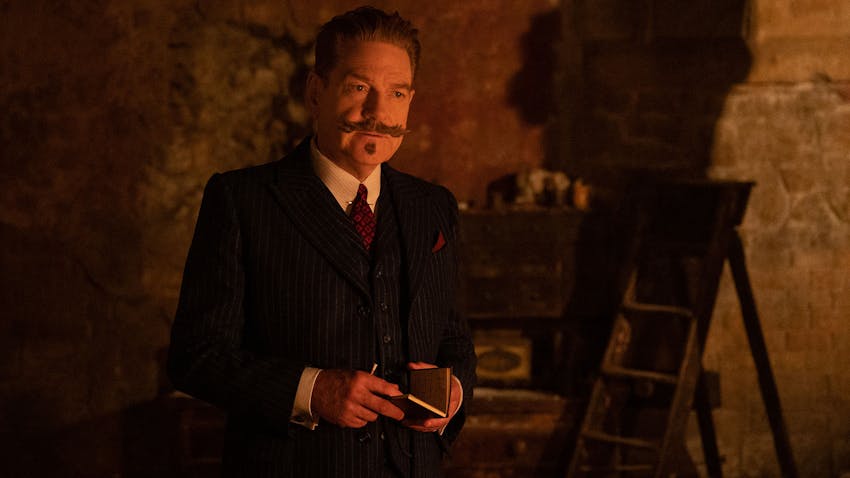
Alex McPherson is an unabashed pop culture nerd and a member of the St. Louis Film Critics Association.

